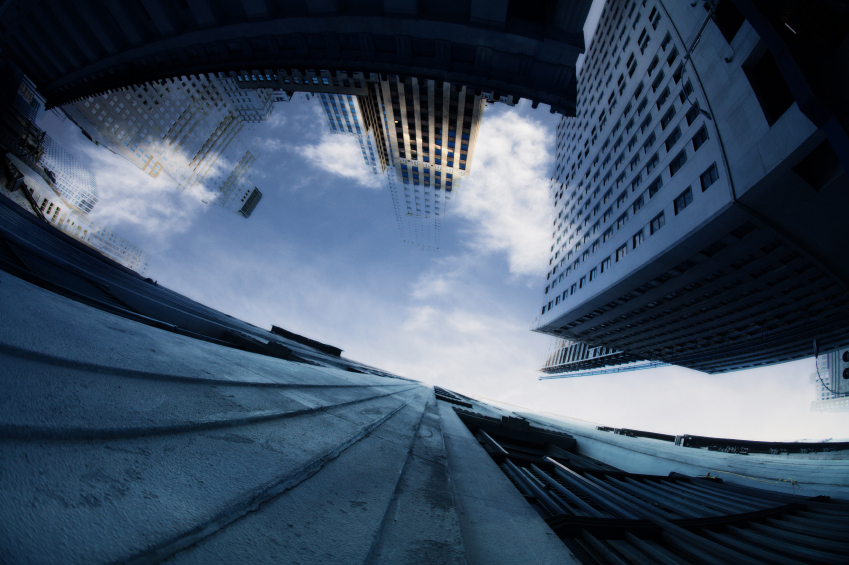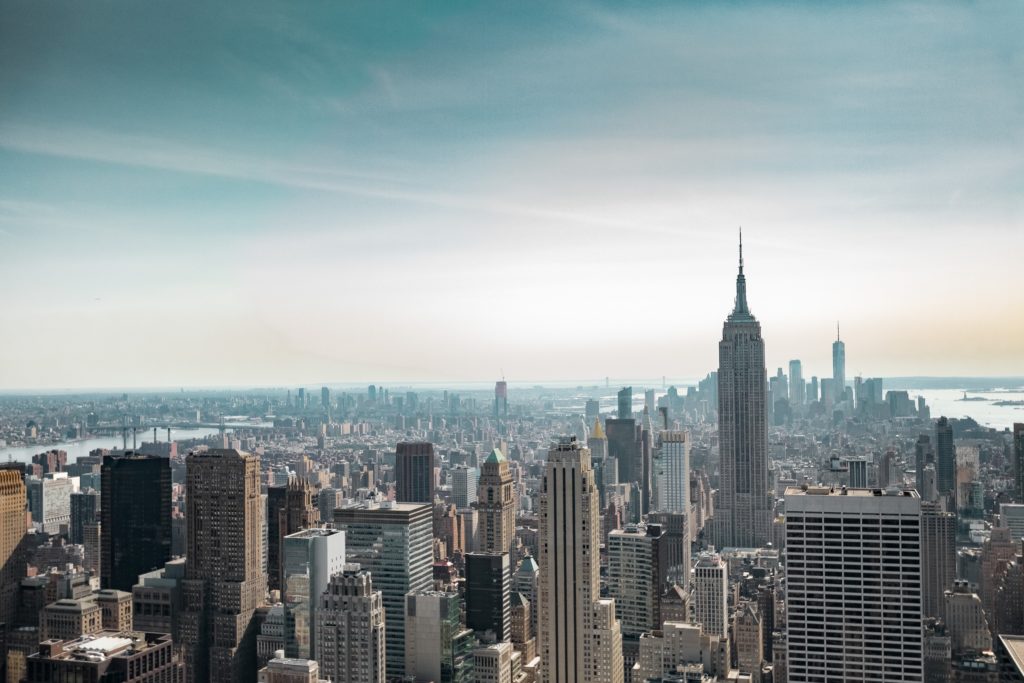 When we think of engineering disasters, we often picture black-and-white photographs or films of dams that have burst open, bridges writhing in the wind, or buildings collapsing decades ago. However, despite advances in technology and a greater collective understanding of engineering than ever before, mistakes are still made and disasters still occur.
When we think of engineering disasters, we often picture black-and-white photographs or films of dams that have burst open, bridges writhing in the wind, or buildings collapsing decades ago. However, despite advances in technology and a greater collective understanding of engineering than ever before, mistakes are still made and disasters still occur.
Due to the scale and purpose of major feats of engineering, such as dams, bridges, and power plants, when mistakes are made, the loss of human life can be immense, and so is the impact on the environment.
When an engineering disaster does occur, in New York City or elsewhere in America, investigations always follow. This results in a greater understanding of what went wrong, and improvements are then made to laws and regulations to help prevent similar events from occurring in the future. But, many of these calamities could have been avoided with proper design, construction, and maintenance in the first place.
The New Orleans Levees in 2005
Perhaps the greatest engineering disaster in American history occurred in the wake of Hurricane Katrina making landfall on August 29, 2005. Following the devastation of the hurricane itself, the situation in New Orleans became far worse when levees designed as flood protection for the city began to fail. In total, over 50 failures occurred, with six major breeches allowing unprecedented flooding. At one point, an estimated 80% of New Orleans and the entirety of St. Bernard Parish were flooded by tens of billions of gallons of water, which damaged and destroyed more than 100,000 homes and businesses.
Investigations after the disaster found that the levee failures all came down to engineering flaws that could have been avoided. This included engineers improperly evaluating the strength of the soil some of the levees were built upon, not accounting for flooding and overtopping (water flowing over the top of the structure) damage that could occur, and improper maintenance. A great deal of destruction could have been avoided if construction was planned more carefully, and ongoing maintenance ferreted out the weaknesses.
Deepwater Horizon in 2010
The Deepwater Horizon was a drilling rig located off the coast of Texas. An uncontrollable blowout occurred on April 20, 2010, which caused an explosion on the rig that killed 11 people and ignited a massive fireball. The Horizon ended up sinking. The well it had been drilling on the seabed was left uncapped after several emergency systems designed to prevent the disaster failed. Oil spilled from the well for nearly three months, releasing almost 5 million barrels, or 210 million gallons, into the Gulf of Mexico.
After investigations, it was ultimately determined that multiple errors contributed to the disaster, including the use of defective cement on the well and various cost-cutting efforts by the companies involved in the drilling. The environmental impact from the disaster continues to unfold and is likely to be felt for decades. Those companies involved have faced billions of dollars in fines and legal settlements.
FIU Bridge in 2018
On a much smaller scale than the aftermath of Hurricane Katrina or the Deepwater Horizon explosion, engineering errors can impact American lives every single day. For example, on March 15, 2018, a pedestrian bridge being constructed at the campus of Florida International University in Sweetwater, Florida, collapsed before it was even opened. The collapse resulted in the deaths of six people and injuries to others.
In this instance, the collapse was deadly because adjustments were being made on the bridge without closing down the road that ran under it. Had those involved been more careful and closed down the road while making those adjustments, lives could have been saved. Even though the design of the bridge itself may not have been to blame, errors by workers and those supervising them, along with the decision not to undergo the cost and inconvenience of closing a road, resulted in disaster.
Victims and Their Rights
When engineering disasters occur, it can be difficult to determine who is to blame and if they are liable for damages that occur. For example, in the wake of the levee failures in New Orleans, investigations by independent parties determined that errors had been made by the United States Army Corps of Engineers in constructing the levees, as well as by local authorities who were responsible for maintaining them after they were built. Similarly, there were at least three companies involved in maintaining and running the Deepwater Horizon oilrig, all of which have been found negligent regarding safety precautions during operation.
Figuring out who is to blame for an engineering disaster can take years, and civil lawsuits often take even longer, especially when thousands of people are impacted.

If you’re a construction worker on a jobsite when tragedy strikes, a pedestrian harmed by falling equipment, or someone who lost a home or business to preventable errors, you deserve to have your rights protected and your bills paid. The top NY construction accident attorneys at Wingate, Russotti, Shapiro, Moses & Halperin, LLP, know what to do. Getting strong legal help is extremely important in these cases, which are especially complex. But our team of trial lawyers knows building code violations, crane disasters, plant explosions, building collapses, and much more. Call us for a free consultation at (212) 986-7353 today.